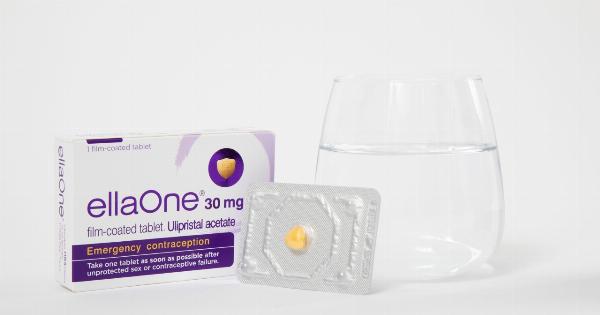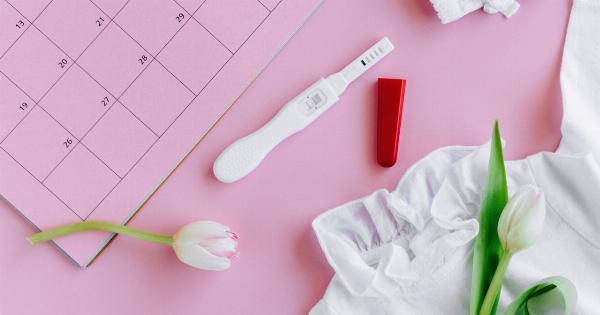Every woman’s menstrual cycle is unique and can range from 21 to 35 days. However, some women may experience inconsistent cycles. They may have cycles that are longer or shorter than usual, or they may skip periods altogether.
These irregular cycles can make it difficult to predict when ovulation will occur, making it challenging to conceive or avoid pregnancy. In this article, we’ll explore how to chart fertile days for women with inconsistent cycles so that they can plan for pregnancy or avoid it.
Understanding Menstrual Cycles and Ovulation
A menstrual cycle is the length of time between the first day of your period and the day before your next period starts.
Ovulation, on the other hand, is when an egg is released from an ovary and moves through the fallopian tubes into the uterus, where it can be fertilized by sperm. Ovulation occurs midway through the menstrual cycle, and it is the most fertile time for women to conceive.
Tracking Your Menstrual Cycle
Women who have inconsistent cycles can use a menstrual cycle tracker to monitor their periods and predict their fertile window. There are several apps and websites available that allow women to track their menstrual cycles.
Many of these programs also offer additional features, such as the ability to record symptoms, such as cramping or bloating, or add notes about mood changes, such as irritability or anxiety.
Charting Fertile Days
Women with irregular cycles can predict their fertile window by tracking their periods over several months and finding the average length of their menstrual cycles. An example of how to calculate the fertile window is:.
- Take the shortest cycle subtract 18 days. For example, if the shortest cycle was 26 days: 26 – 18 = 8
- Take the longest cycle and subtract 11 days. For example, if the longest cycle was 40 days: 40 – 11 = 29
- Your fertile window would be between days 8 and 29 of your cycle.
Basal Body Temperature
Basal body temperature (BBT) is the body’s resting temperature and can be used to predict ovulation. The average basal temperature ranges from 97.0 to 97.7 degrees Fahrenheit before ovulation and rises to 97.8 to 98.2 degrees Fahrenheit after ovulation.
Women with inconsistent menstrual cycles can use a BBT thermometer to track their temperature every morning before they get out of bed. The temperature should be recorded on a chart, and after several cycles, patterns can be seen. A temperature rise of 0.5 to 1 degree Fahrenheit indicates that ovulation has occurred.
Cervical Mucus
Cervical mucus, also known as cervical fluid, is a fluid produced by the cervix. The consistency and color of cervical mucus change throughout the menstrual cycle and can be used to predict ovulation.
At the beginning of the menstrual cycle, the cervical mucus is thick and sticky, but as ovulation approaches, it becomes clear and slippery, resembling raw egg whites.
Home Ovulation Test Kits
Home ovulation test kits can also be used to identify ovulation. These kits detect the luteinizing hormone (LH) surge in the urine, which usually occurs 24 to 48 hours before ovulation.
Women with inconsistent menstrual cycles should start testing urine two to three times a day, once on waking, in the early afternoon, and once in the evening, starting a few days before their estimated fertile window.
Conclusion
Charting fertile days for women with inconsistent cycles can be challenging, but there are several methods that can be used to predict ovulation.
Women can use a menstrual cycle tracker, calculate their fertile window, track basal body temperature, monitor cervical mucus, or use a home ovulation test kit. By using one or more of these methods, women can increase their chances of getting pregnant or avoid pregnancy by avoiding sexual intercourse during their fertile window.





























